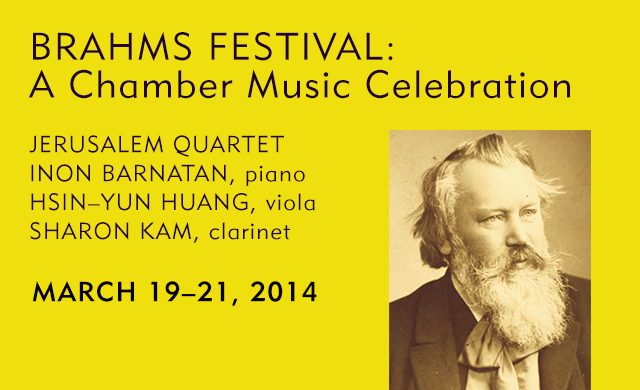Tag: viola
-
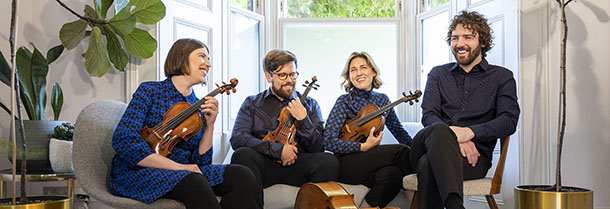
-
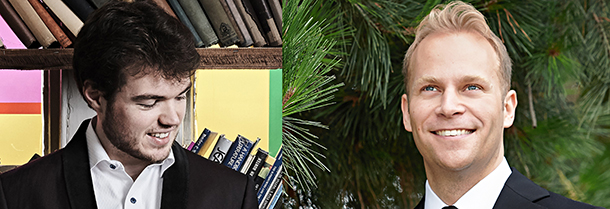
-
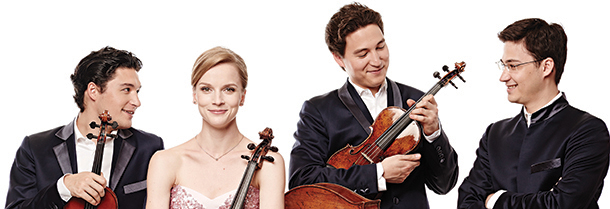
PROGRAM NOTES: SCHUMANN QUARTET
Wolfgang Amadeus Mozart Quartet in D major K. 499 “Hoffmeister” Mozart’s most accomplished string quartets are generally considered to be the ten he wrote after moving to Vienna in 1781, beginning with the set of six dedicated to Haydn, published in 1785 and ending with the set of three dedicated to the King Friedrich Wilhelm II…
-

PROGRAM NOTES: DORIC STRING QUARTET WITH MARC-ANDRÉ HAMELIN
Jean Sibelius Quartet in D minor Op. 56 Voces Intimae Sibelius’ Quartet in D minor was completed in 1909 and has five movements, symmetrically arranged in an arch form around the lyrical third-movement Adagio, with scherzos on either side separating it from the opening movement and finale. The name Voces Intimae derives from a Latin…
-
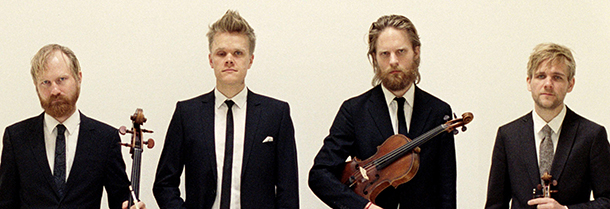
PROGRAM NOTES: DANISH STRING QUARTET
Johann Sebastian Bach The Well-Tempered Clavier Book I Fugue No. 16 in G minor BWV 861 (arr. Förster) If you have ever happened to see one of those cooking shows in which a chef is challenged to create an entire meal—appetizer, entrée and dessert—out of a minimum of ingredients (an ox-tail, say, and a banana)…
-
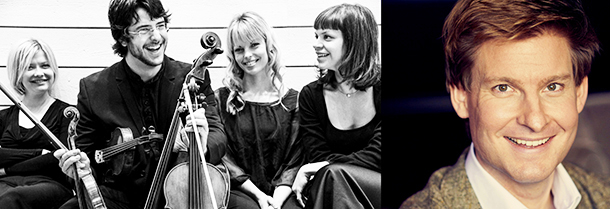
PROGRAM NOTES: CHIAROSCURO QUARTET AND KRISTIAN BEZUIDENHOUT
Franz SchubertString Quartet No. 14 in D minor (“Death & the Maiden”) Schubert’s “Death and the Maiden” string quartet is a sombre work, with all four of its movements set in a minor key. It takes its name from the composer’s lied Der Tod und das Mädchen (1817) that provides the theme for the quartet’s…
-
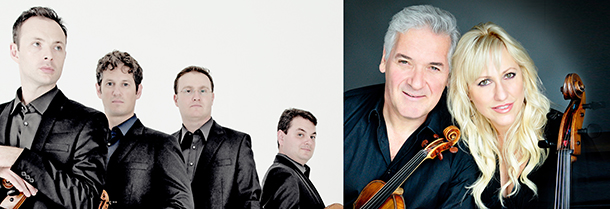
PROGRAM NOTES: JERUSALEM QUARTET WITH PINCHAS ZUKERMAN & AMANDA FORSYTH
Richard Strauss String Sextet from Capriccio Capriccio (1942), Richard Strauss’ last stage work, is an opera about opera, constructed as a series of elegant salon conversations dealing with a question that has bedevilled opera lovers for centuries: which is more important, the words or the music? The year is 1775 and the setting is the…
-
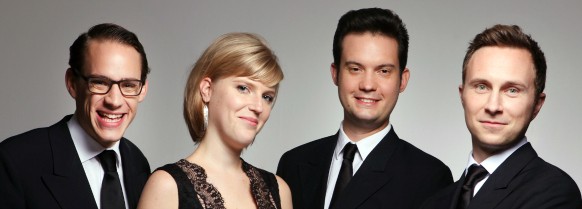
PROGRAM NOTES: DORIC STRING QUARTET
FRANZ JOSEPH HAYDN String Quartet in D minor, Op. 76, No. 2 Those of us wondering in our spare moments what a happy retirement consists of might do well to consider the case of one Franz Joseph Haydn, whose life in the years 1796-97, when his collection of six string quartets Op. 76 was written,…
-
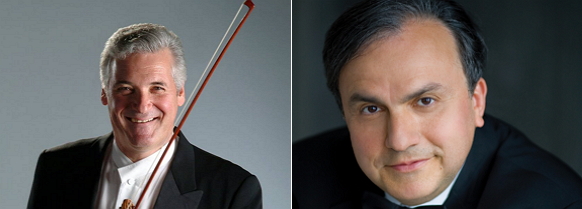
PROGRAM NOTES: PINCHAS ZUKERMAN & YEFIM BRONFMAN
Franz Schubert Sonatina for violin & piano in A minor D. 385 It humbles me to think, paraphrasing Tom Lehrer, that when Schubert was my age, he had already been dead for several decades. Lest I forget, there are his first three sonatas for violin and piano, which he composed in a sprint of creative…


